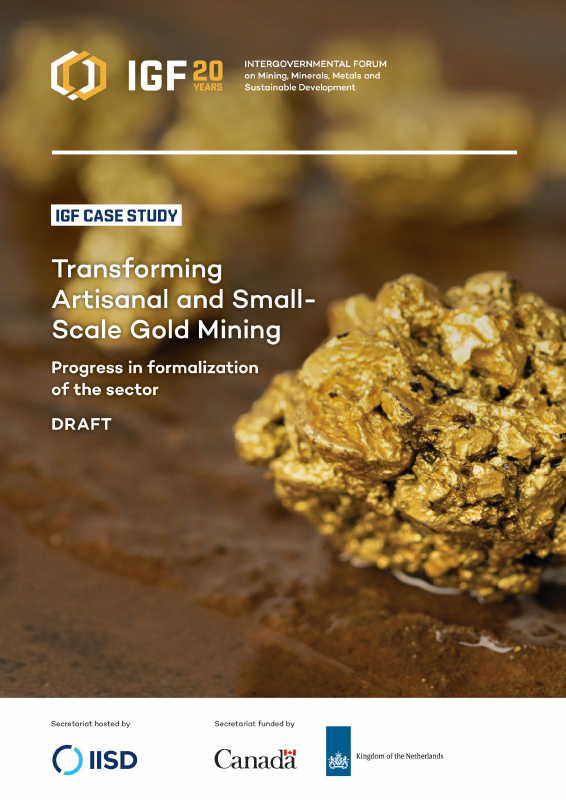
Artisanal and small-scale gold mining (ASGM) contributes an estimated 15–20% of global gold production annually, and supports the livelihoods of just under 20 million miners, including an estimated 4 to 5 million women and children, across 70 countries. Despite its economic significance, ASGM remains largely informal, meaning many miners operate outside legal frameworks, lacking access to formal markets, financial services, and environmental and labour protections.
Formalization aims to integrate ASGM into the legal economy through regulations, permitting, access to financial, and technical support. In key producing regions, such as Africa, Latin America, and Southeast Asia, governments and stakeholders have attempted formalization efforts, but challenges persist due to complex bureaucracy, high costs, and stringent conditions for permitting and licensing, inadequate or perverse incentives, enforcement gaps, and lack of resources of agencies mandated to implement formalization
This draft publication reviews key components of ASGM formalization, examines progress in the formalization of the sector in Tanzania and Ecuador, and draws some conclusions based on the case studies presented.